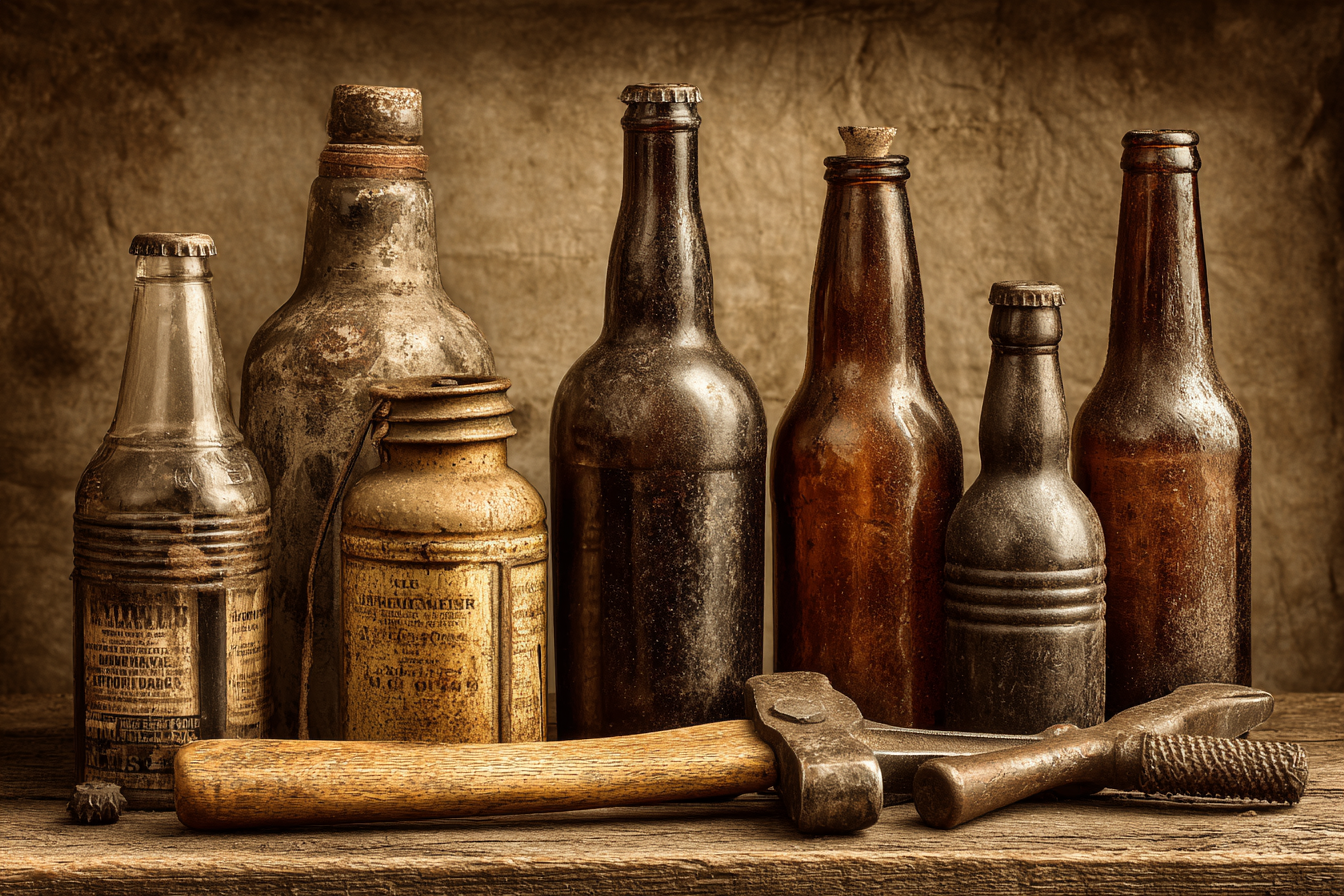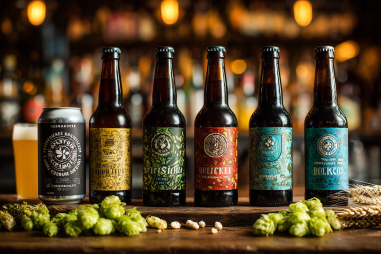Imperial stouts stand as some of the boldest and most complex beers in the world of craft brewing. Their deep, rich flavors and higher alcohol content set them apart, making them a favorite among enthusiasts who appreciate a robust drinking experience. But have you ever wondered where imperial stouts came from and how they earned their prestigious status? Let’s dive into the fascinating history and origins of imperial stouts, tracing their journey from 18th-century England to the craft beer renaissance of today.
Early History of Stouts and Porters
To truly understand imperial stouts, it’s essential to start with their predecessors: porters and stouts. These dark ales originated in London during the early 18th century. Porters were popular among the working class and were named after the street and river porters who favored them for their hearty, satiating qualities. These beers were brewed with roasted malts, giving them distinct dark hues and flavors ranging from chocolate to coffee.
The term “stout” originally referred to any strong beer and was used interchangeably with porter. Over time, “stout” came to signify a darker, stronger variant of porter, often called “stout porter.” The evolution of these beers was fueled by growing demand for flavors that could cut through the bustling, smoky environment of London and the desire for stronger brews.
Origins of the ‘Imperial’ Label and Russian Connections
The “imperial” label is where things get especially interesting—and royal. The story dates back to the 18th century when a robust version of the stout, brewed to a higher strength and with increased alcohol content, was exported to the court of Catherine the Great of Russia. This premium brew was designed to withstand the long journey and harsh conditions of transport while appealing to royal tastes.
Because these stouts were brewed for the Russian Imperial Court, they came to be known as “Imperial Stouts.” The imperial designation denoted both their elevated alcohol strength and the beer’s exclusivity. These exports helped solidify stout’s reputation as a beer not just for the working class but also for aristocrats and connoisseurs.
Evolution of Imperial Stout Recipes Over Time
The original imperial stouts were quite straightforward in their recipe—rich malts, roasted flavors, and a strong alcoholic backbone. However, as brewing technology advanced and palates evolved, brewers began to experiment with various ingredients and techniques.
Victorian-era brewers played with adding adjuncts like oats for smoothness or various malts to deepen complexity. Post-Industrial Revolution advances allowed for more controlled and consistent brewing, encouraging more adventurous recipe development. Imperial stouts became not only stronger but also more layered, with nuances such as dried fruit, licorice, and dark chocolate emerging.
In recent decades, brewers have pushed the envelope even further, incorporating barrel aging—especially in whiskey, bourbon, or rum barrels—and infusing beers with flavors like vanilla, coffee, chili peppers, and even exotic spices. This evolution reflects the imperial stout’s versatility and the willingness of brewers to innovate.
Notable Breweries and Landmark Releases
Many breweries have played crucial roles in defining and popularizing imperial stouts over the centuries. Some landmark names and releases include:
- Samuel Smith’s Imperial Stout: One of the oldest and most traditional examples, Samuel Smith’s remains a benchmark for classic English imperial stouts.
- Russian River Brewing Company’s Pliny the Elder: While not an imperial stout itself, the brewery’s influence on craft brewing helped pave the way for innovative stouts.
- Goose Island Bourbon County Stout: An early example of barrel-aging imperial stout, which sparked other breweries to barrel-age their bold beers.
- North Coast Old Rasputin: Named after the infamous Russian mystic, this imperial stout reflects the beer’s historical Russian connection and offers immense richness.
- Founders Brewing KBS (Kentucky Breakfast Stout): A rare release aged in bourbon barrels with coffee and chocolate notes, KBS has garnered a cult following in the craft beer world.
These brews earned acclaim not only for their quality but for how they pushed the limits of style and flavor, keeping the imperial stout captivating for new generations.
The Revival and Craft Beer Renaissance
The late 20th and early 21st centuries saw a dramatic resurgence in interest for styles like the imperial stout, largely driven by the craft beer movement. Small, independent breweries began to revive historic beer styles, experiment with new flavors, and spotlight the complexity of stouts and porters.
Today, imperial stouts are celebrated for their depth and aging potential. Beer festivals, tasting events, and beer rating platforms have further fueled the style’s popularity as enthusiasts seek out rare, limited editions and barrel-aged variants.
The craft renaissance has also elevated the imperial stout’s profile beyond its traditional markets, inspiring brewers worldwide to embrace the style and reinterpret it with local ingredients and creative twists.
What the Future Holds for Imperial Stouts
As beer culture continues to evolve, so too will imperial stouts. Some exciting trends shaping their future include:
- Innovative Aging Techniques: Beyond bourbon and whiskey barrels, aging in rum, tequila, wine, and even brandy barrels introduces new flavor complexities.
- Incorporation of Unique Ingredients: From wild yeast strains and mixed fermentation to spices, fruits, and unconventional malts, brewers continue experimenting to surprise the palate.
- Sustainability and Local Sourcing: As consumers demand more eco-conscious products, breweries are focusing on local malt and hops, reducing waste, and improving energy efficiency during production.
- Global Influence: Imperial stouts are being adapted by breweries across the globe, incorporating both traditional techniques and regional flavor influences.
- Increasing Popularity of Barrel-aged Variants: Age-worthy and complex imperial stouts will continue to grow in demand among collectors and aficionados.
One thing is certain: imperial stouts will keep inspiring brewers and drinkers alike with their powerful flavors and storied past, maintaining their place as regal favorites in the world of beer.
Imperial stouts have traversed centuries, continents, and palates—transforming from a strong porter brewed for royal Russian tables to a globally beloved style cherished by craft beer aficionados. Their rich history, evolving recipes, and capacity for innovation ensure that imperial stouts will remain one of the most compelling and delicious chapters in brewing history.







